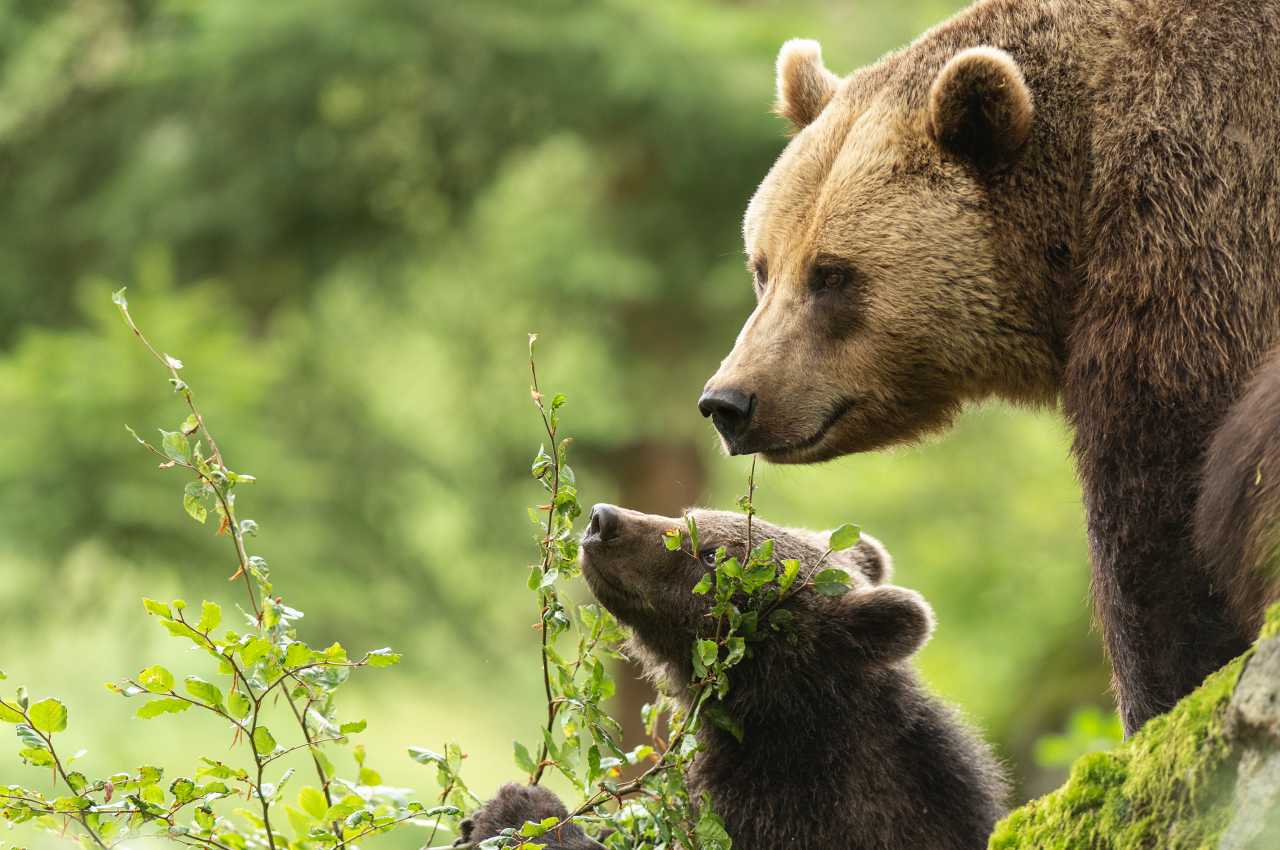The Wildlife Park: a stunning background to the Cave
250 hectares of deep forests and rolling valleys, breathtaking landscapes and native animals that peacefully roam the Park...The history of the Park is a story of passion and preservation and is inextricably linked to that of the Cave....
.jpg)
Essential sightseeing
In 1960, the Cave's popularity is at an all-time height. More and more tourists flock to the village, flooding the village streets and wandering all over the Cave's unspoilt surroundings.
All kinds of plans for future development are being discussed: a campsite in the Chavée (the river Lesse's former river valley), a cable car to carry visitors over the Boine Massif, there is even talk of building a casino on top of the Massif!
Some of the villagers start to fear that the massive urbanisation brought on by the crowds of visitors will permanently disfigure the extraordinary natural setting that surrounds the Cave.

Preservation Act
Jean Herman, the manger of the Hotel Bellevue in the village centre, and a local nature and fauna enthusiast, managed to convince the board of the Cave company to protect this haven of
nature by creating a Wildlife Reserve, which would exclusively welcome European fauna. The company proceeded to undertake infrastructure works in the 250 hectares reserve which includes the Boine Massif (that contains the Cave) and the Chavée, the Lesse river's dry river valley.
Thanks to Jean Herman, who put the Domain in contact with foreign wildlife parks, our park welcomed its very first bear couple, Doris and Daniel, as well as many other species: wolves, aurochs, bison, deer....
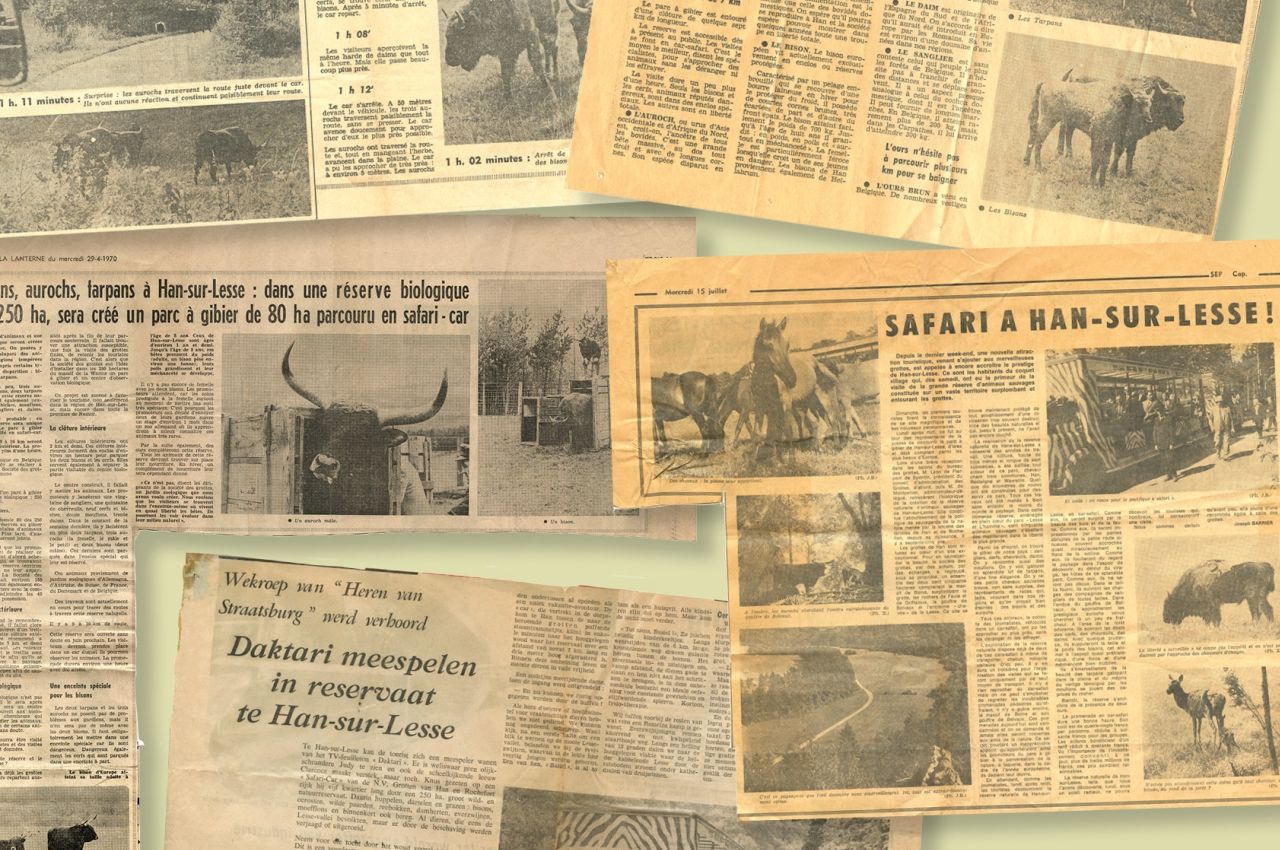
Inauguration
The Wildlife Reserve was opened on 13 July 1970. During his inaugural speech, Jules de Montpellier, managing director of the Société des Grottes, delivered a speech:
“We know that twentieth century man needs to immerse in nature in order to find his balance. We believe that by roaming this Reserve while feasting their eyes on the site and admiring all these animals - distant descendants of the many others that once populated the area - living here in peace and quiet, visitors will be submerged by joy in this haven of peace that we intend to preserve intact for the benefit of future generations."
His words are just as topical as ever!
Preserving biodiversity
The Park possesses an exceptionally rich natural biodiversity. A recent inventory carried out by Natagora (a naturalist society) counted over 2.000 different animal and vegetal species, among which several which are extremely rare in the area.
The Park has taken upon itself an important mission: to preserve this incredible biodiversity to the best of its abilities, among others by putting in place numerous biotope restoration and indigenous species protection programmes.
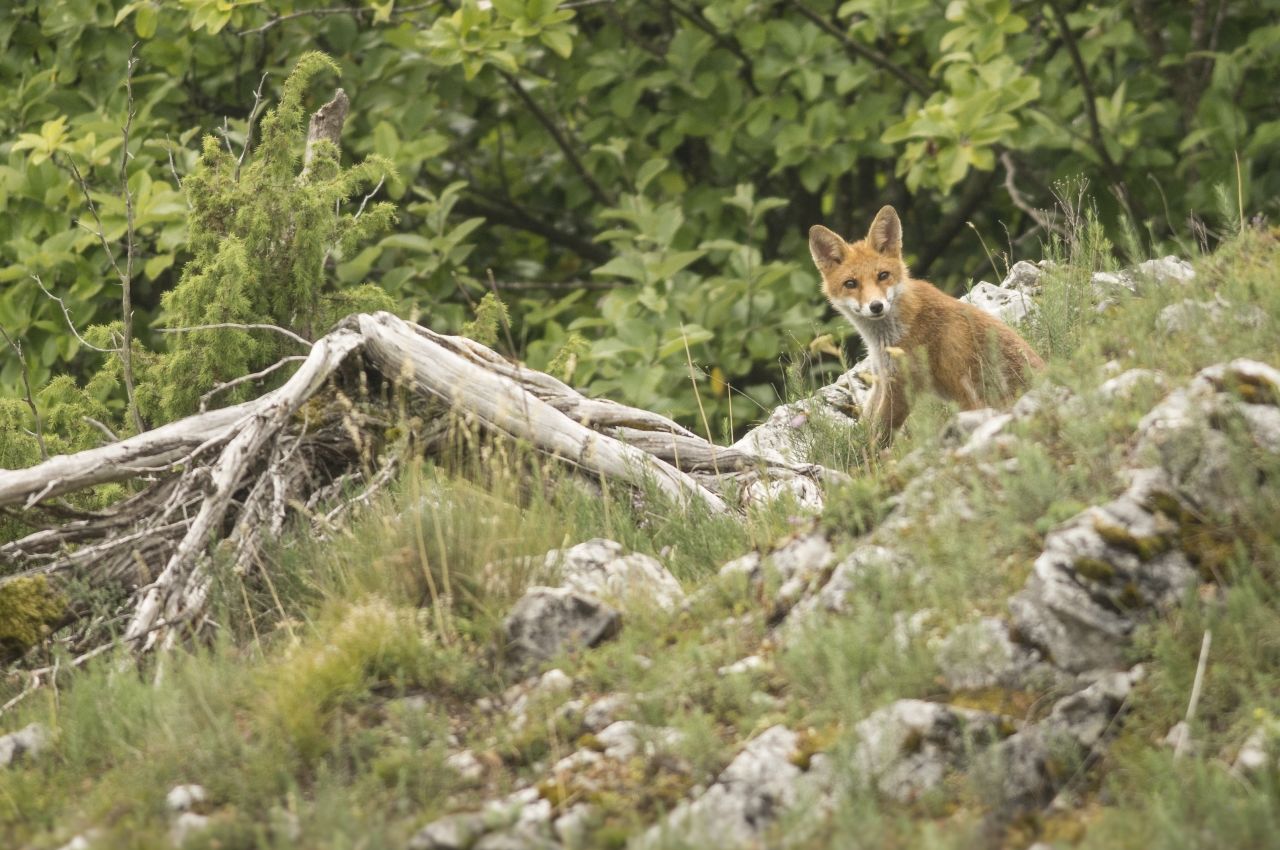
Species preservation
Our mission goes above and beyond preserving this natural site, with its unspoilt character and biodiversity. Nowadays, the Park is home to over 30 introduced animal species (around 650 animals), all of them European fauna.
We prioritise welcoming species
threatened with exctinction, allowing them to reproduce in optimal conditions and thus increasing the species' population. Whenever is is possible, we take part in species reintroduction
programmes.
.jpg)
At the heart of the Domain flows a river
Life in the Park follows the rhythl of the river Lesse
and its changeable nature. During heavy floods, the river bursts its banks and flows
back into its former river bed in the Chavée (Walloon for dry river valley). The Park is then isolated from the village by the river. The villagers in Han then say that the “Lesse has turned”. Discover the epic journey of the river Lesse:
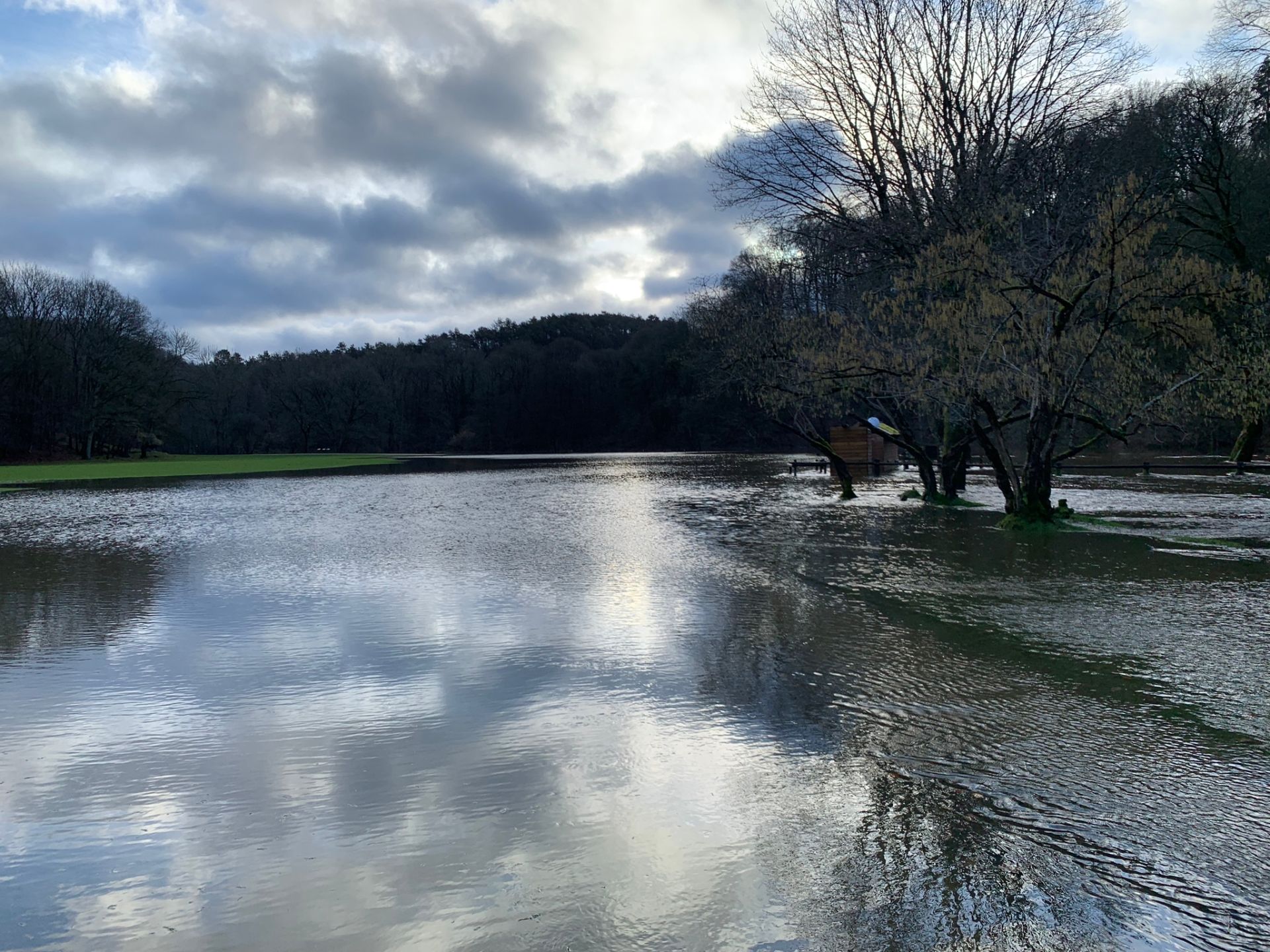
Exploring unspoilt nature
Since its creation, the Wildlife Park has welcomed over 9 million visitors. Nowadays, it attracts 300.000 visitors per year.
Since 2012, the Park can be visited on foot via the Walking trail. More than a third of our visitors choose to roam the Park's footpaths via this 3 to 6 kilometer trail.
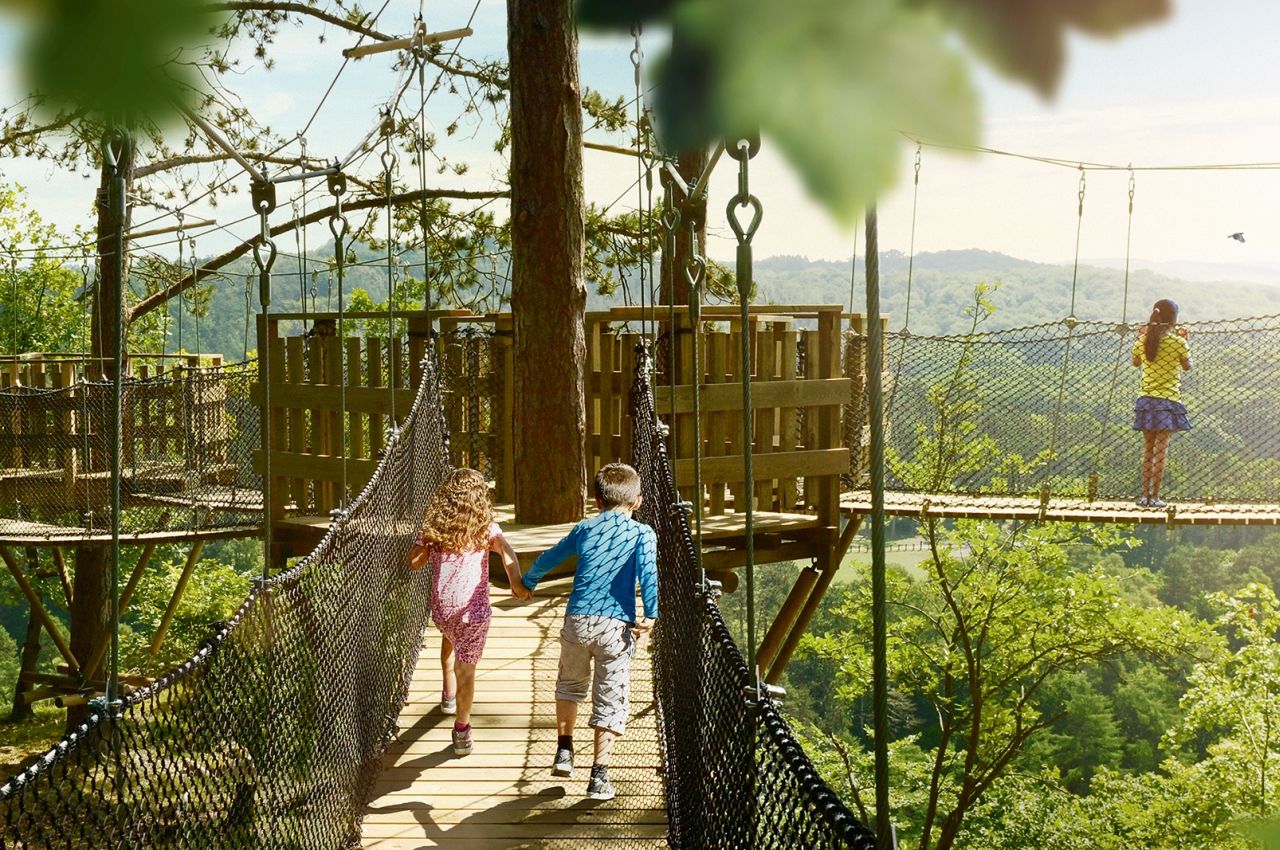
An Ethics and Research Committee
In 2018, the Domain created an Ethics and Research Committee to oversee the Wildlife Park. The Committee members are scientific and institutional patners that are actively involved in the Wildlife Park and is presided by our incumbent veterinary Goulven Rigaux. The Committee's mission is to advise us on all matters pertaining animal wellbeing and biodiversity. It also encourages the exchange of information between the participants on the subject of their scientific activities in the Park.
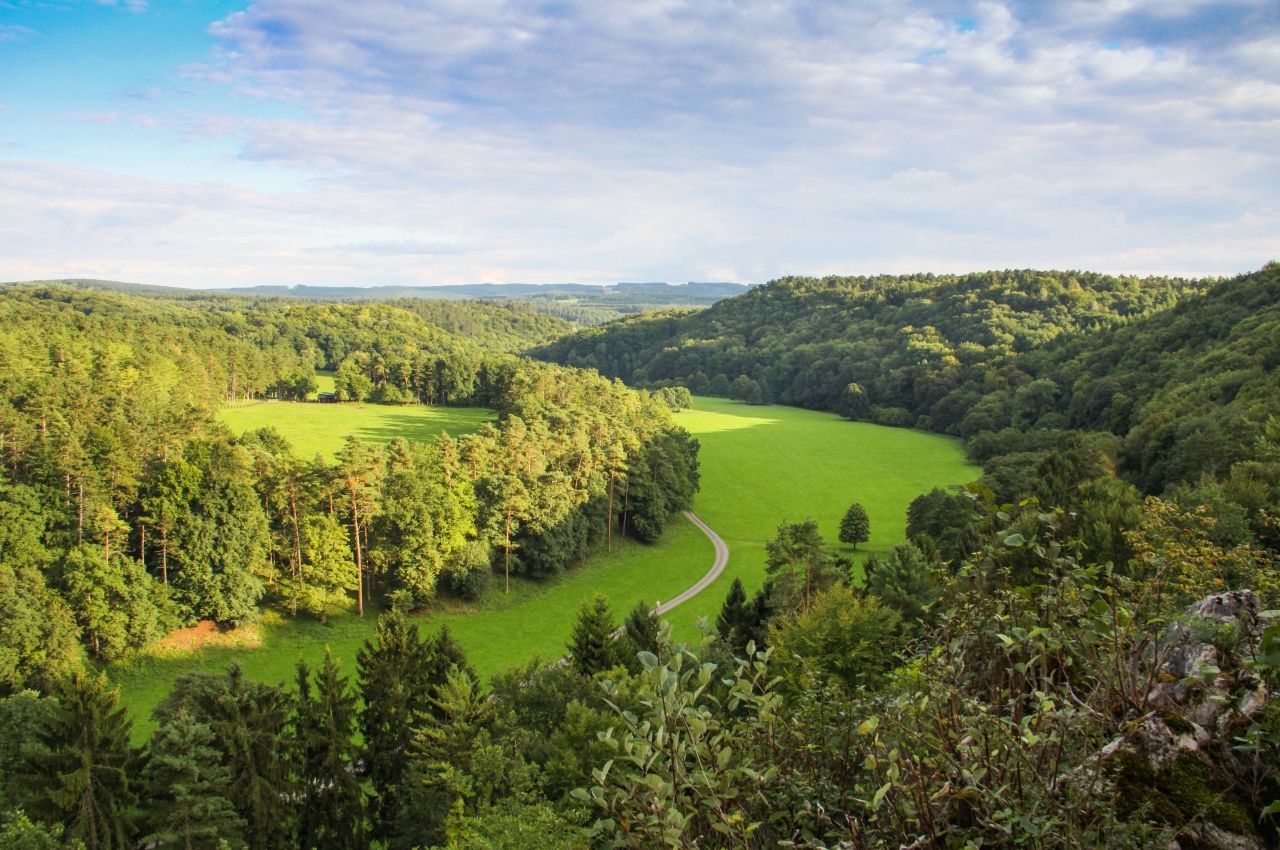
Our mission
Faced with the challenges brought on by our modern-day world, the Wildlife Park is more than ever committed to its primary mission: to share this stunning natural environment and its rich biodiversity with the greatest number, and take an active part in its preservation.
